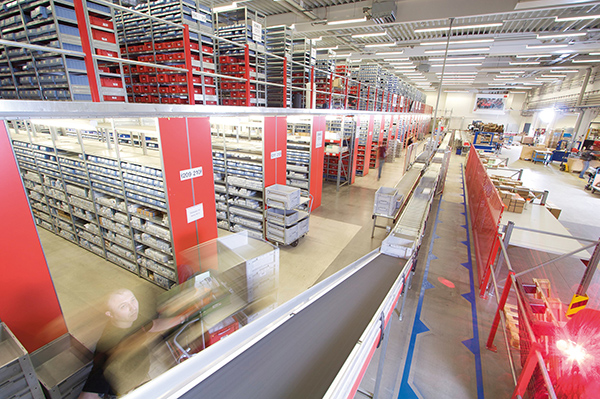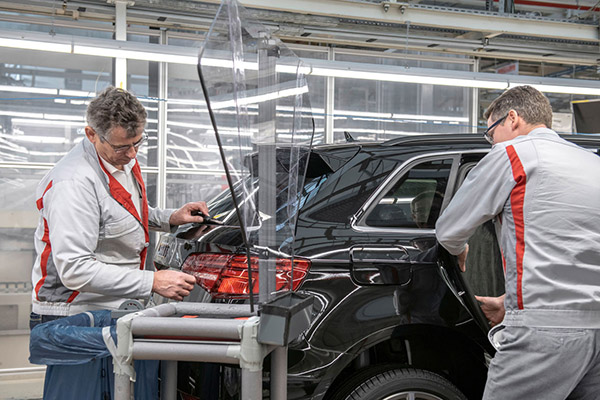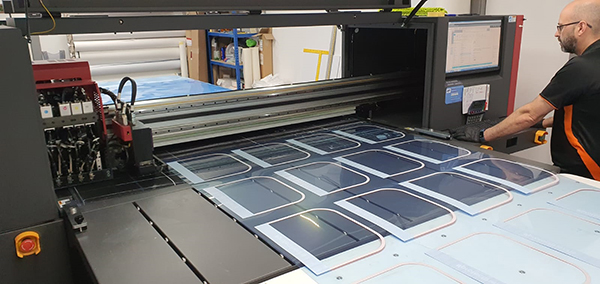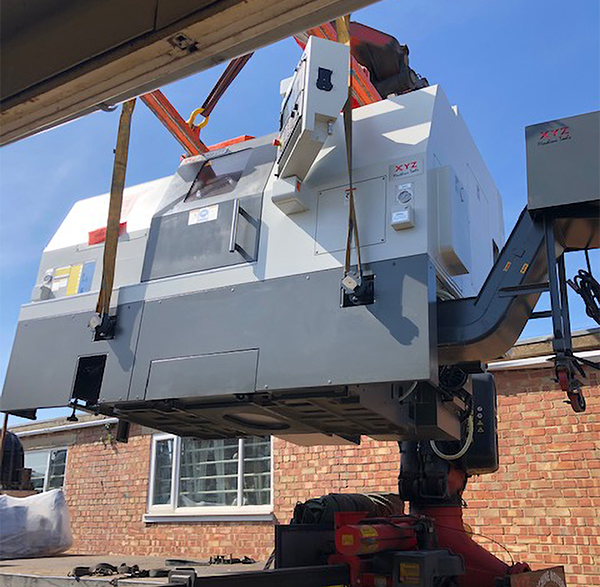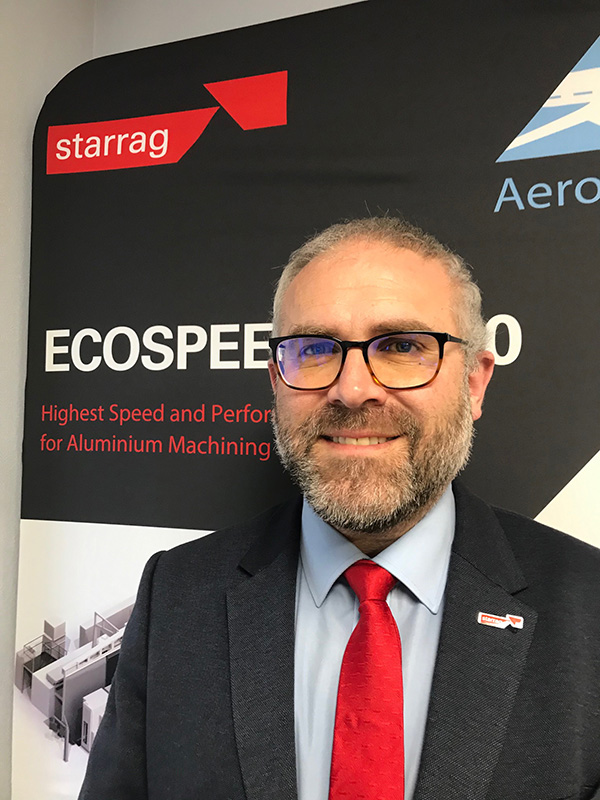Ceratizit UK & Ireland is reporting “tremendous uptake” of its offer for free test tools, heavily discounted production tools, and technical support for those companies involved in the manufacture of ventilator and other related diagnostic equipment for the NHS during the current COVID-19 pandemic.

Over 20 customers have so far benefitted from the cutting tool discount of 70% and whatever technical support they need to maximise the potential of those tools.
“The number of customers that we are able to help is increasing day-by-day,” says Tony Pennington, managing director. “It is testament to the versatility and ingenuity of the UK manufacturing base that they are able to quickly switch from machining parts for racing cars and aircraft, for example, to components that are going to help save lives. For many it means working with unfamiliar materials, which is where we can add our experience to the mix.”
Technical support is being provided remotely by Ceratizit UK & Ireland’s applications and technical sales engineers, with over 30 engineers available to answer customer questions relating to cutting tool data and application. For example, industry solutions engineer Michael May says the company has been supporting one customer from the motorsport sector, which is working as part of the UK Government’s Ventilator Challenge UK project.
“Initially, the request was for high-performance drills to produce holes up to 16xD in aluminium and steel,” he says. “We were then asked to develop our support through the provision of AluLine end mills and PCR-ALU plunge milling cutters.”
The offer from Ceratizit UK & Ireland is open to any company manufacturing parts for ventilator or associated diagnostic equipment.
For further information www.ceratizit.com






